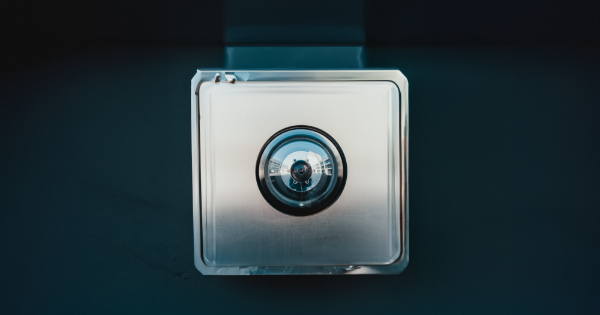2010-2019: ten years of tech innovations

(Photo: Official SpaceX Photos)
Since the turn of the century, technological advances have multiplied exponentially from year to year. So, as we head into 2020, let’s stop for a moment to measure how far we’ve come since 2010 in terms of technology. Here is a selection of 10 inventions that have changed our lives, both on a personal and professional level.
The iPad
Launched by Apple in April 2010, and rather coolly received at the time, the iPad has since sold over 400 million units worldwide, revolutionising the way we consume information (as discussed in this episode of Emakina Inside, our French-speaking podcast). Imitated by the competition, from Google to Samsung, the famous tablet has become a central part of our daily lives, whether at work or at play. Without a doubt one of the major inventions of the last ten years.

Autonomous vehicles
Introduced at the turn of the century, autonomous car experiments have been booming during the last decade. From Google’s Waymo to Tesla, companies working hard on these vehicles of the future have multiplied. This trend is being followed by historic manufacturers such as Fiat Chrysler, Audi and Mercedes, but also by services such as Uber and Lyft, which have fully grasped the issues surrounding these new autonomous cars.
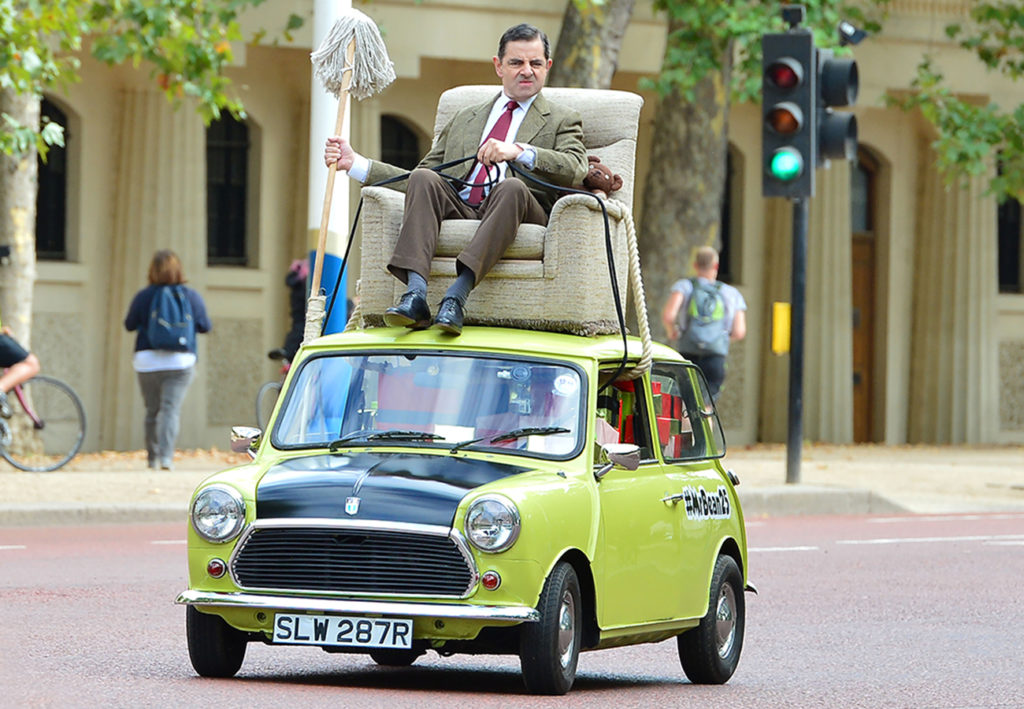
In the words of Winston Churchill: “Never was so much owed by so many to so few”.
LED light bulbs
Replacing the energy-intensive incandescent light bulbs, LED technology now offers a far more economical alternative. Over the last ten years, the market has seen the emergence of models designed for the general public, an evolution spearheaded by market leaders such as Philips and GE. Using barely 20% of the energy of their predecessors, these modern lanterns have an average lifespan of 25,000 hours. A big step forward for the planet.

(Photo: SplitShire)
Coworking apps
Work is undoubtedly one area that has been transformed by the technological advances of the last ten years. By bringing messaging and file sharing services together in a single application, Slack has improved our working lives. It has also contributed to the explosion of telecommuting, which now allows thousands of employees around the world to work from home, without losing a dime of what’s going on in their company, and without having to hang out at the coffee machine.
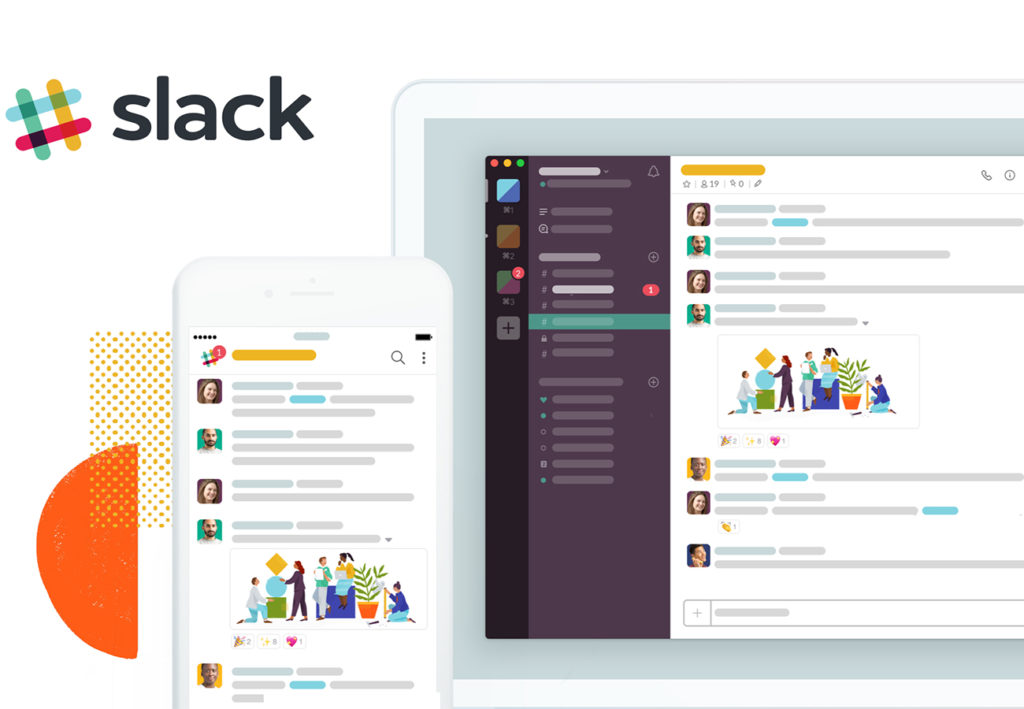
Home Virtual Assistants
Led by Amazon’s Echo, virtual assistants have made their way into our homes and, despite legitimate privacy considerations, the trend is not about to be reversed. Phrases like “Hey Alexa” or “Ok Google” are now commonplace in our daily lives. And many of us have grown accustomed to virtual assistants informing us of the weather, reminding us of important appointments, or simply playing our favourite music without the need to interact with physical interfaces. If you want to learn more, listen to this episode of Emakina Inside.
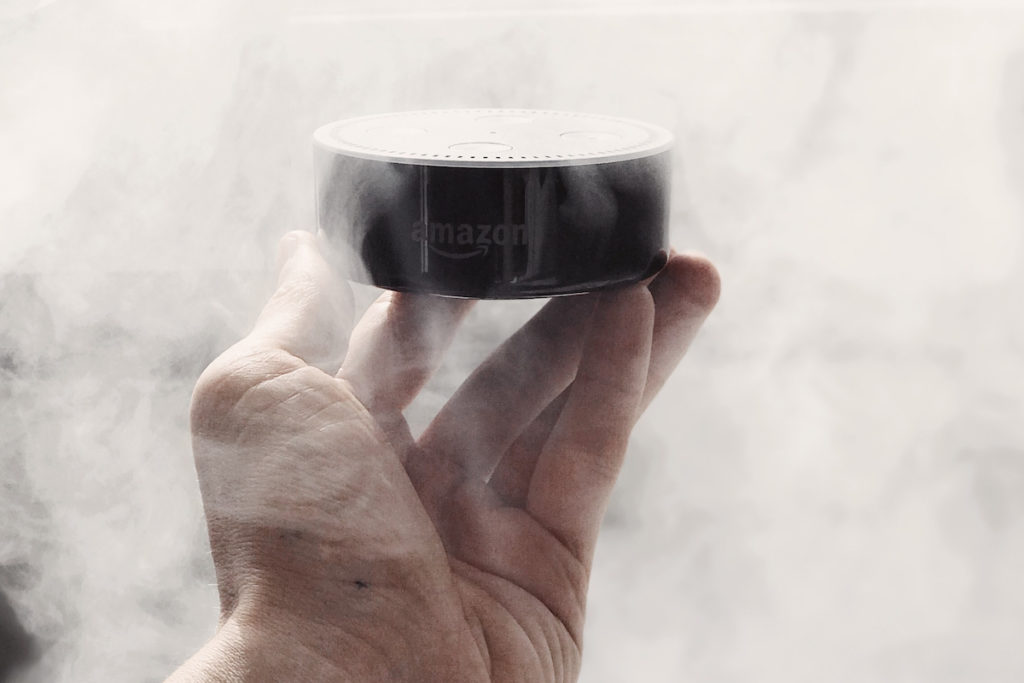
(Photo by Kolar.io on Unsplash)
Smart Homes
Intimately linked to digital assistants, smart homes have caught on over the last ten years. The main player in this revolution, Google’s Nest has made it possible to equip the home with various connected devices, from smoke detectors to automatic doors, media centres, intelligent thermostats and other useful devices. Built around the Internet of Things, smart homes are becoming the norm. Again, listen to the episode of Emakina Inside on this topic.
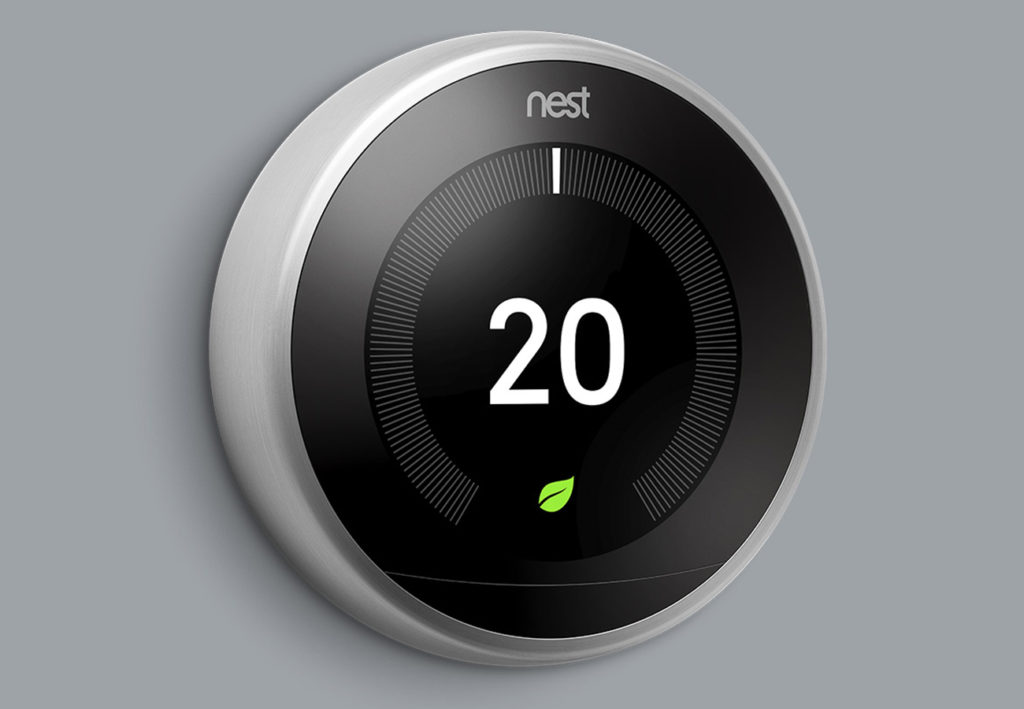
4G
We tend to forget it sometimes, but before 2010, surfing the web from a mobile phone required patience. Quite a lot of it. Fortunately, 4G replaced ageing 3G at the beginning of the decade, opening the door to instantaneous web, no matter where you are (almost). This new technology, which enables Gigabit download speeds, is on its way to being replaced by an even faster standard, 5G. But we’ll revisit this in 10 years to see how it actually went…

Uber et al.
Launched in 2010 in San Francisco, the Uber application has revolutionised the way we get around, inspiring other companies such as Lyft and Via. Despite much controversy, this new form of mobility has appealed to millions of users around the world, simplifying our journeys at costs that are often lower than those of traditional taxis. Whether or not you agree with the firm’s philosophy, it has contributed greatly to profound changes in the transportation industry.

Crispr
Genetics are increasingly taking centre stage in our lives, and while Crispr is still in its infancy, the technology is promising, to say the least. Basically, it now allows us to cut up our DNA and remove unwanted parts (the ones causing disease, for example) to replace them with healthy sections. Crispr technology obviously holds potential for abuse, but it also holds the promise of a better world, where we can live longer and in better health.
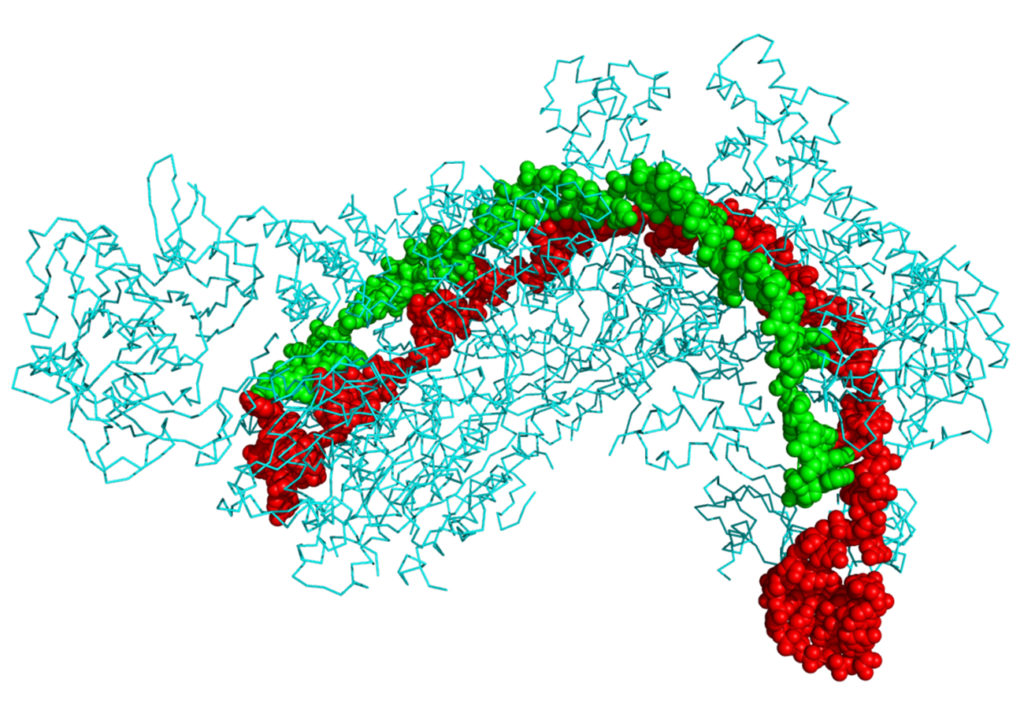
(Picture: Boghog)
SpaceX’s Falcon 9
Whether or not one likes Elon Musk’s sometimes flamboyant personality, the man is undeniably a visionary the likes of which the world has known precious few. With SpaceX, Musk laid the foundations for the future of space exploration, notably with his semi-reusable rockets Falcon 9. These have considerably reduced the cost of space launchers, making them accessible to the greatest number of people. A capital invention that will allow tomorrow’s start-ups to compete with NASA in the eternal race to the stars.
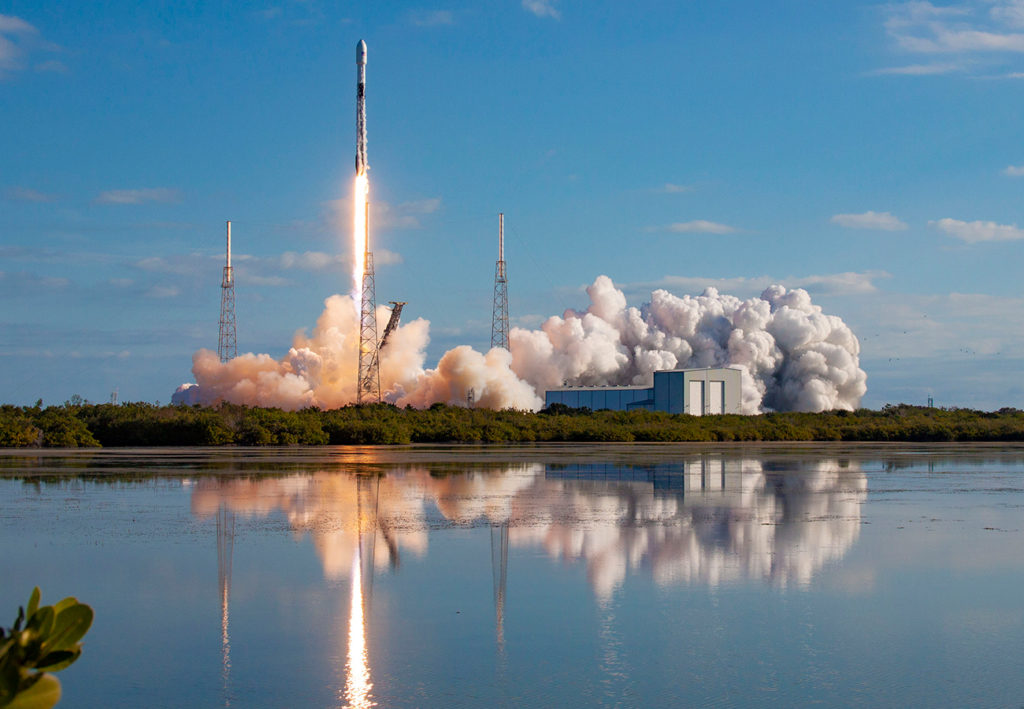
We could also have told you about Ring bells, Tesla’s “powerwalls”, Instagram, microblogging, wireless headphones or neo-banks, proof if any were needed that the last ten years have been abundant. Of course, still no flying cars or customised jetpacks as promised by Sci-Fi literature, but who knows? Perhaps ten years from now? One can still dream…



